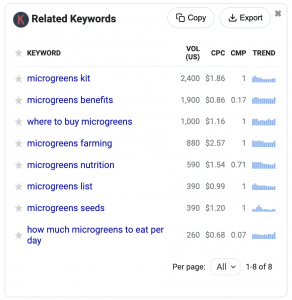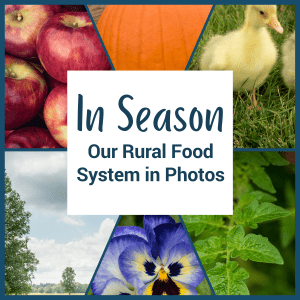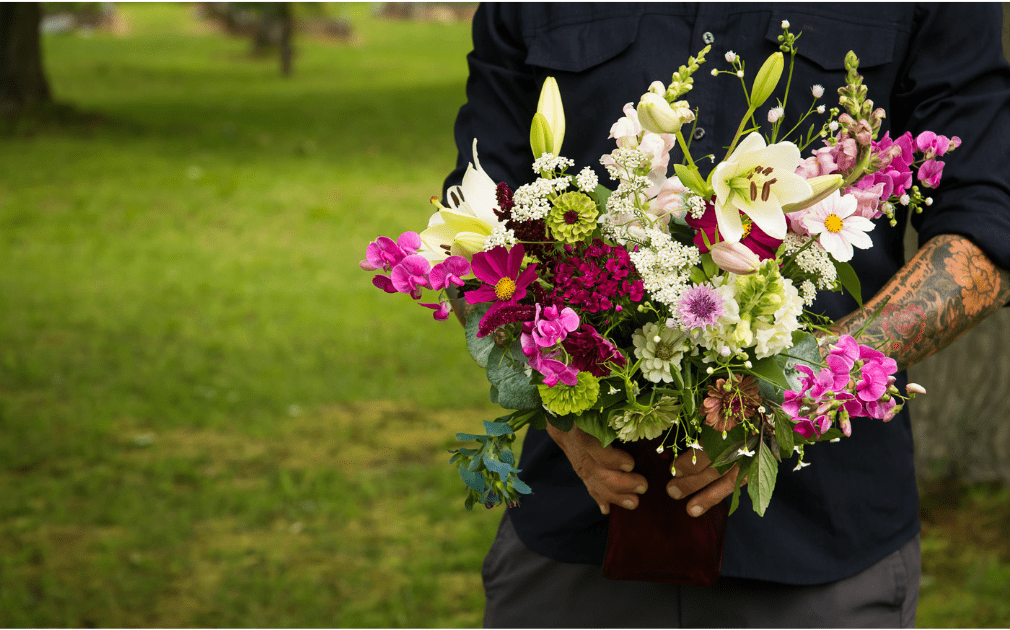Has some slick search engine optimization (SEO) person kept saying how important ‘keywords’ are for your website? Think keywords sound too complicated to figure out or impossible to use without being a tech genius? If you would like more people to find your website without spending money on ads, then read on for helpful tips.
Keywords are words you type into a search engine to find information and sites helpful to you. No doubt you’ve typed in a phrase before and, looking at the results, thought “Oh, that’s not it” and reworded your query for better results. Understanding your customer will help you find the best keywords for your food and farm business.
What goes into picking good keywords?
There are a few factors that go into picking good keywords. Here are several different ways, try the one that is most interesting to you:
Popularity
Using common words that people are familiar with is a first place to start with keywords. We can use tools to help us find related keywords (we’ll get into that below) by starting with a general search.
For example, by searching ‘microgreens’, we can see other suggested keywords and their relative volume of search. Tip: To create more traffic, use clear words and phrases that people will naturally look for. Keep it simple.

In the example above, you will see that there are words (or phrases) as well as the volume of search they experience. For example searching ‘microgreens benefits’ gets 1,900 searches in the US. These numbers give us the relative popularity of the words.
Relevancy
Using relevant keywords to your business will help you narrow down the list of popular options. For example: ‘grow microgreens’ might be more popular than ‘buy microgreens’ but if you aren’t helping people grow microgreens with your products or services, you won’t end up getting the right people to your website.
My favorite example of relevancy came up while doing keyword research for an environmental non-profit. I discovered that ‘gulf stream’ was a popular search term. When I saw the other relevant searches, I quickly realized the popularity (looking at ‘related terms’ searched) was about recreational vehicles and not the Atlantic Ocean. While putting the words ‘gulf stream’ all over their website might have gotten traffic, that traffic would have immediately clicked away when they realized that the page was not the topic they were looking for. Read more Finding the Best Keywords for Your Business
 We welcomed Todd Moe, a morning host on North Country Public Radio (NCPR), to the Learning Farm last week to tell him more about a new project we’ve been excitedly working on. It’s time to unveil In Season: Our Rural Food System in Photos!
We welcomed Todd Moe, a morning host on North Country Public Radio (NCPR), to the Learning Farm last week to tell him more about a new project we’ve been excitedly working on. It’s time to unveil In Season: Our Rural Food System in Photos!